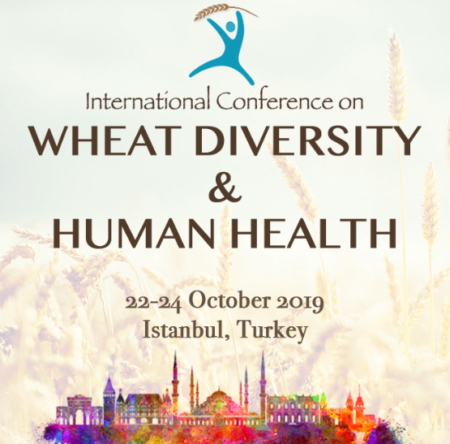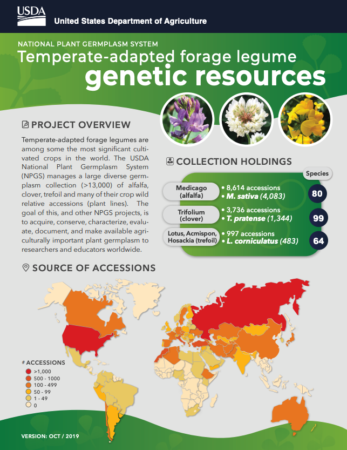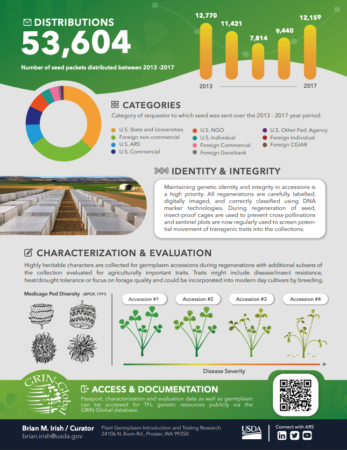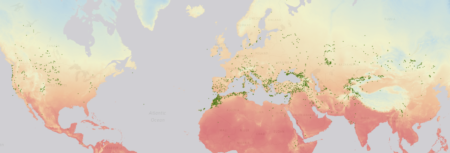The objective of this conference is bringing the Wheat researchers and the Human Health community together to exchange information and discuss strategies for improving the health benefits of wheat by exploiting diverse genetic resources, modern breeding, genomics, and sustainable production and processing technologies.
You had me at Weißbier.



